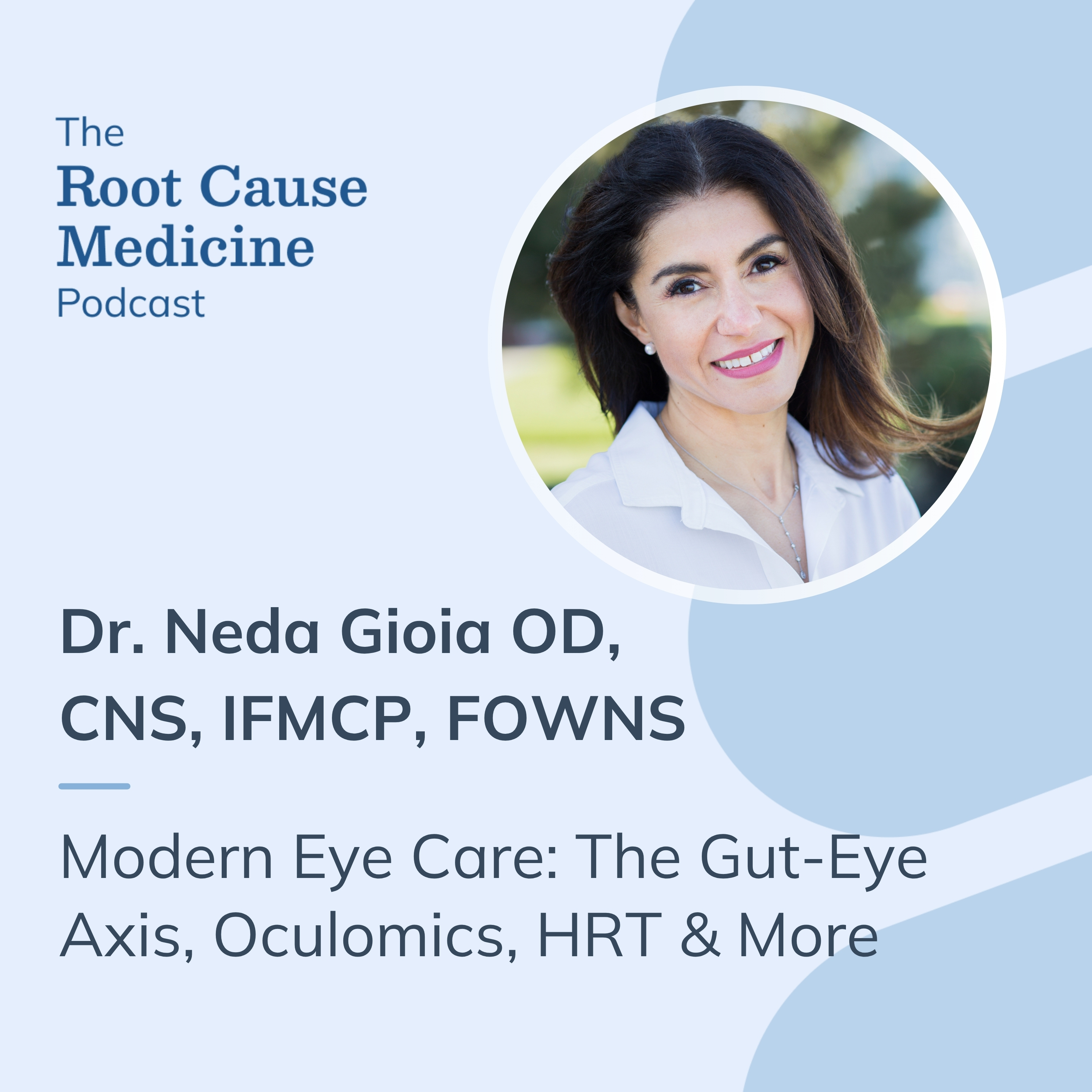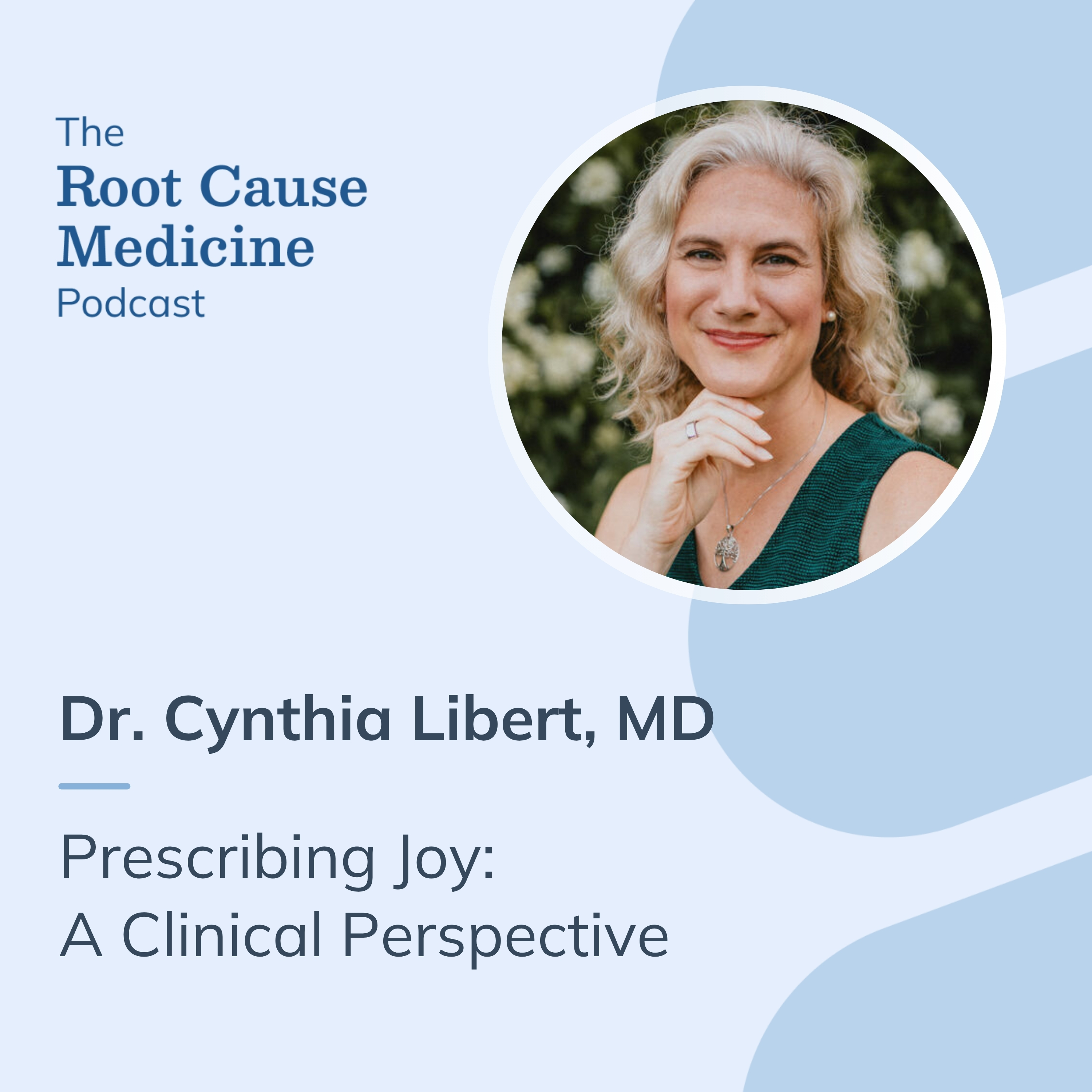Did you know that the humble cremini mushroom, also known as baby bella, is a nutritional powerhouse that can revolutionize your health and culinary experience?
Cremini mushrooms, scientifically known as Agaricus bisporus, are a popular variety of edible fungi that offer a rich array of nutrients and health benefits.
This article explores the numerous perks linked to cremini mushrooms, their nutritional profile, and delicious recipes that help you incorporate these versatile fungi into your daily routine.
[signup]
Understanding Cremini Mushrooms
Cremini mushrooms are sometimes called brown mushrooms, baby portobello mushrooms, or Italian mushrooms. They’re tan on top, small, and have a deep earthy, hearty, and full-bodied flavor and firm texture.
Cremini mushrooms are edible mushrooms that are mature versions of the white button mushroom, but less mature than portobello mushrooms.
They are the same species as these other two varieties and you can substitute cremini mushrooms for white button, portobello, or many other types of mushrooms in recipes.
The macronutrient and micronutrient composition of a 100-gram serving of raw cremini mushrooms is as follows:
- Calories: 24
- Protein: 3 grams
- Carbohydrates: 4 grams
- Fiber: 2 grams
- Fat: 0 grams
- Vitamin D (of UV-exposed cremini mushrooms): Up to 33 micrograms1086 international units (27 micrograms)
- Calcium: 4 milligrams
- Copper: 0.3 milligrams
- Iron: 0.3 milligrams
- Magnesium: 10 milligrams
- Phosphorus: 100 milligrams
- Potassium: 380 milligrams
- Selenium: 15 micrograms
- Sodium: 5 milligrams
- Zinc: 0.5 milligrams
- Manganese: 0.06
- Thiamin: 0.004 milligrams
- Niacin: 4 milligrams
- Riboflavin: 0.5 milligrams
- Folate: 20 micrograms
- Vitamin B6: 0.1 milligrams
- Biotin: 13 micrograms
- Vitamin B12: 0.05 micrograms
- Choline: 18 micrograms
Cimini mushrooms are similar in nutritional content to numerous other types of mushrooms, particularly white button and portobello varieties.
Health Benefits of Cremini Mushrooms
Some of the many health benefits linked to cremini mushrooms in research studies include:
Boosting Immune Function
The micronutrients present in cremini mushrooms appear to enhance immune system function.
Studies suggest that cremini and similar mushrooms have antioxidant and antiviral properties linked to their micronutrients, beta-glucans, flavonoids, ergosterols, glycoproteins, triterpenoids, and other antioxidants.
Supporting Heart Health
Researchers suggest an array of cardioprotective advantages when consuming mushrooms regularly.
They conducted a review that demonstrates a link between bioactive compounds in mushrooms and beneficial effects on cardiometabolic health — including improvements in triglycerides and high-sensitivity C-reactive protein (hs-CRP).
Cremini mushrooms are low in calories and a good source of fiber (which may aid in weight healthy management), another heart-protective perk.
Promoting Bone Strength
Cremini mushrooms that have been exposed to UV light contain about half of the daily value of vitamin D in each ½-cup serving, which supports bone development and strength.
Mushrooms also contain bone health-enhancing calcium, magnesium, potassium, and phosphorus.
Aiding Digestive Health
Mushrooms aid in digestive health due to their prebiotic content. Studies suggest that mushroom polysaccharides help balance gut microbiota, support the production of short-chain fatty acids (SCFAs), enhance the intestinal mucosa gut barrier, and regulate fat metabolism.
Potential Anti-Cancer Properties
Research is ongoing and more is necessary, but some studies suggest a potential anti-cancer effect of cremini and other mushrooms linked to bioactive compounds containing anti-tumor properties.
These components appear to protect against developing cancer (especially breast, gastric, and colorectal cancers) and may reduce the risk of lymph node metastasis and chemotherapy side effects.
They may also prolong survival and enhance immune function and quality of life in individuals with certain cancers.
Some research suggests that eating mushrooms daily lessens the risk of developing cancer by 45%.
Enhanced Cognition
Some studies suggest that eating mushrooms regularly may protect against cognitive impairment. Researchers report that eating more than two servings of mushrooms weekly was linked to a 50% lower risk of mild cognitive impairment.
This could be due, at least in part, to mushrooms’ prebiotic effects on the gut-brain axis.
Incorporating Cremini Mushrooms into Your Diet
Use the following tips to incorporate cremini mushrooms into your lifestyle.
Selecting and Storing Cremini Mushrooms
Selecting the best cremini mushrooms and storing them properly maximizes taste, safety, nutritional profile, and shelf-life.
When selecting mushrooms, choose those with a firm, fresh, smooth appearance. The surface should appear plump and dry (but not dried out). Open veils with exposed gills may indicate a richer flavor, while a closed veil under the mushroom cap often indicates a more delicate flavor.
Rinse the mushrooms under running water to remove any debris and pat them dry with a paper towel.
Store cremini mushrooms in their original package or a porous paper bag in the refrigerator to maximize shelf life. These flavorful fungi often stay fresh for up to a week when stored this way. Don’t freeze fresh mushrooms. You can freeze cooked mushrooms for up to one month.
Basic Preparation Techniques
Consider roasting, baking, grilling, pickling, or sauteing cremini mushrooms to enhance their flavor and palatability.
Cook them in olive oil and/or balsamic vinegar with your favorite seasonings, or eat cremini mushrooms raw! Dried mushroom crips, mushroom jerky, and mushroom teas are also available.
Cremini Mushrooms in Various Cuisines
You can add cremini mushrooms to an array of savory cuisines, such as chicken, shrimp, or steak dishes, pastas, soups, stews, stir fry, sauces, marinades, sandwiches, veggie burgers, turkey burgers, salads, casseroles, and omelets.
Grill mushrooms in place or red meat as your main course or fill mushroom caps with other nutritious ingredients before baking them.
Nutritious Cremini Mushroom Recipes
Consider adding the following flavorful cremini mushroom recipes to your meal plans to reap the many health perks linked to these nutrient-dense fungi.
Cremini Mushroom Breakfast Ideas
- Mushroom, arugula, and cottage cheese toast
- Vegetable frittatas
- Oatmeal with mushrooms and eggs
- Mushroom quiche
- Mushroom egg scramble
- Mushroom sundried tomato avocado toast
- Power breakfast bowl
Hearty Cremini Mushroom Soups and Stews
- Turkey white bean mushroom chili
- Thai coconut chicken soup
- Roasted parsnip mushroom soup
- Beef stew with mushrooms
- Chicken mushroom soup
Cremini Mushroom Salads and Side Dishes
- Mushroom bulgur pilaf
- Hummus and marinated mushroom toast
- Mushroom, white bean, quinoa, and kale salad
- Braised mushrooms, beans, and greens
- Wild rice, walnut, and mushroom salad
- Winter salad stuffed mushrooms
- Olive and feta stuffed mushrooms
Main Courses Featuring Cremini Mushrooms
- Power bowls
- Chicken and mushroom kabobs
- Grilled chicken, shrimp, or lean steak with sauteed mushrooms
- Black bean mushroom quesadillas
- Spinach, chicken, potato, and pesto salad
Vegetarian and Vegan Cremini Mushroom Dishes
- Vegan tofu, rice, and veggie bowls
- Tofu miso mushroom soup
- Mushroom green lentil soup
- Grilled mushroom skewers with lentils and kale
- Vegetarian mushroom stew
You can add cremini mushrooms to just about any favorite savory dish.
Frequently Asked Questions (FAQs)
Take note of the following frequently asked questions about cremini mushrooms.
Are cremini mushrooms and baby bella mushrooms the same thing?
Yes, cremini mushrooms are often called baby bella mushrooms because they are less mature versions of portobellos.
How often should I eat cremini mushrooms to reap their health benefits?
While there aren’t any specific guidelines for consuming cremini mushrooms, researchers suggest there are nutritional and health benefits associated with eating 84 grams of mushrooms (about four raw mushrooms) daily.
The USDA suggests men and women consume 2-4 cups of a variety of vegetables each day.
Can cremini mushrooms be eaten raw?
Yes, you can eat cremini mushrooms raw (as long as they don’t show signs of being spoiled), dried, or cooked.
Are there any potential side effects or allergies associated with cremini mushrooms?
Cremini mushrooms you purchase in grocery stores are safe to eat. However, avoid mushrooms with signs of spoilage and those with expiration dates that have passed.
If you’re allergic to mushrooms, you may develop signs of an allergic reaction like hives, a rash, swelling, respiratory concerns, or digestive problems.
How do cremini mushrooms compare to supplements for nutrient intake?
More research is needed to determine the full extent of benefits linked to mushroom supplements vs. eating whole mushrooms. Mushroom supplements (nutraceuticals) extract bioactive compounds from the fungi, which supports optimal health and disease prevention.
Research continues to confirm the numerous perks of medicinal mushrooms. However, eating whole mushrooms likely offers additional benefits from pre-probiotics and other nutrients, and is usually the cheaper option.
If you don’t like the taste of mushrooms, ask your healthcare provider if mushroom supplements are right for you.
[signup]
Key Takeaways
- Cremini mushrooms provide a wealth of nutrients and potential health benefits, such as heart, bone, and gut health support, a strengthened immune system, enhanced cognition, and weight management, making them an excellent superfood addition to balanced meal plans.
- By incorporating these versatile fungi into your meals, you can enhance your culinary experience and overall well-being.
- Try a cremini mushroom recipe this week and share your experiences or questions in the comments section below!
The information in this article is designed for educational purposes only and is not intended to be a substitute for informed medical advice or care. This information should not be used to diagnose or treat any health problems or illnesses without consulting a doctor. Consult with a health care practitioner before relying on any information in this article or on this website.












%201.svg)







